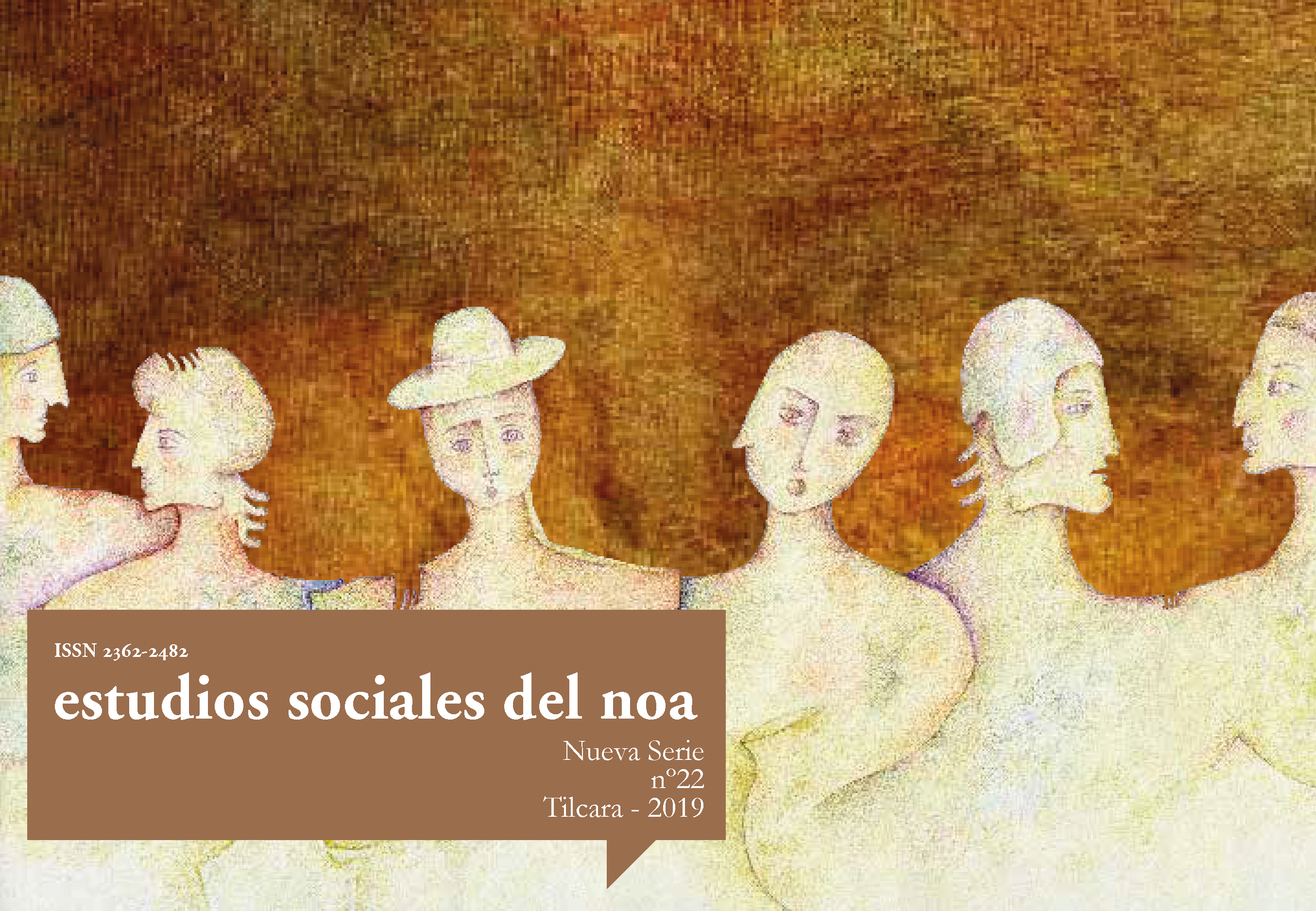Una estética del hacer. Miradas sobre las bolsas prehispánicas tardías de Doncellas (Puna septentrional argentina)
Abstract
Based on a study of woven bags collected from late pre-Hispanic burials during Eduardo Casanova’s expedition to Doncellas (northern Puna of Argentina) in 1941-1943, this article explores aesthetic choices made by weavers in spinning and weaving the bags. The author relies on her own ethnographic fieldwork as a participant observer in Isluga, northern Chile, among llama and alpaca herders, to inquire into past practices when the weavers used the fleece obtained from their environment in a world full of meanings. The conformation of narrow stripes and peinecillos, a design which creates little horizontal bars in a plain weave textile, is analysed, as well as the use of transposed warp and multiple weft in warp-faced textiles. This analysis provides a platform for considering how acts of weaving may be related to the weavers’ aesthetic predilections. Because aesthetic expression emerged from daily practices, it is suggested that the weavers considered aesthetic feeling to be an immanent condition, rather than being imported from a heightened plane of experience.Downloads
Authors who publish in this journal accept the following conditions:
- The authors or translators retain the copyright and assign to the journal the right of first publication, with the work registered under the Creative Commons Attribution-NonCommercial-ShareAlike 4.0 International, which allows third parties to use what published as long as they mention the authorship of the work and the first publication in this journal.
- Authors may enter into other independent and additional contractual agreements for the non-exclusive distribution of the version of the article published in ESNOA (eg, include it in an institutional repository or publish it in a book) as long as they clearly indicate that the work was first published in this journal.












